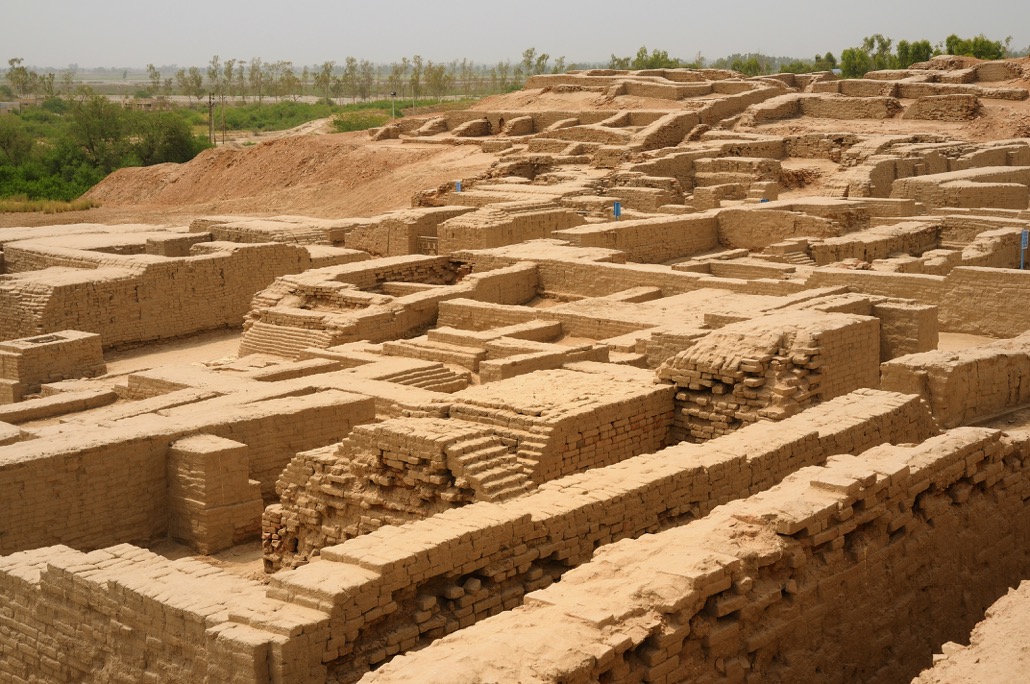While there is some debate over the existence of a caste system in ancient Harappa, many archaeologists theorize that there was a hierarchical social structure in place. This view is supported by the architectural layout found in the walled cities. “Within Harappa, walls separated one section of the people from another, which clearly shows how the caste system existed way back,” said archaeologist, and Indologist. Dr. Jamkhedkar. source
The caste system is a hierarchy and it existed in India as far back as the Harappan civilization according to Dr. Jamkhedar. The caste system had four main groups: the Brahmins consisting of priests and kings; the Kshatriyas, the warriors and aristocrats; the Vaishyas, cultivators, artisans and merchants; and the Shudras or peasants and serfs. In addition, was the concept of Varna, which depended upon the person’s chosen profession. People from different varnas could live within a single family, while the caste system was hereditary and depended upon birth. The people of those times, he said, were free to choose their own varna which depended upon the education they pursued. He explained how the educated class, Brahmins had different kinds of sub-castes. Those who were to become kings had to fight to protect their kingdoms and ended up as Kshatriyas, the fighting class.
Indus rulers appear to have governed their cities through the control of trade and religion rather than military might. There is no evidence of monuments built to commemorate the rulers and there is no indication of warfare and weapons. The rulers carried seals with animal symbols and wore ornaments of rare material. Each larger city was probably organized as a city-state. There is little evidence of hereditary monarchies. Numerous large buildings and public spaces in the lower town seem to indicate the presence of several distinct elite groups. Local leaders would have been responsible for the maintenance of well-planned streets and housing, wells and drainage facilities. source Like so many of the mysteries of this society, the extent to which religion was a factor in the political rule of the Indus remains unclear.

